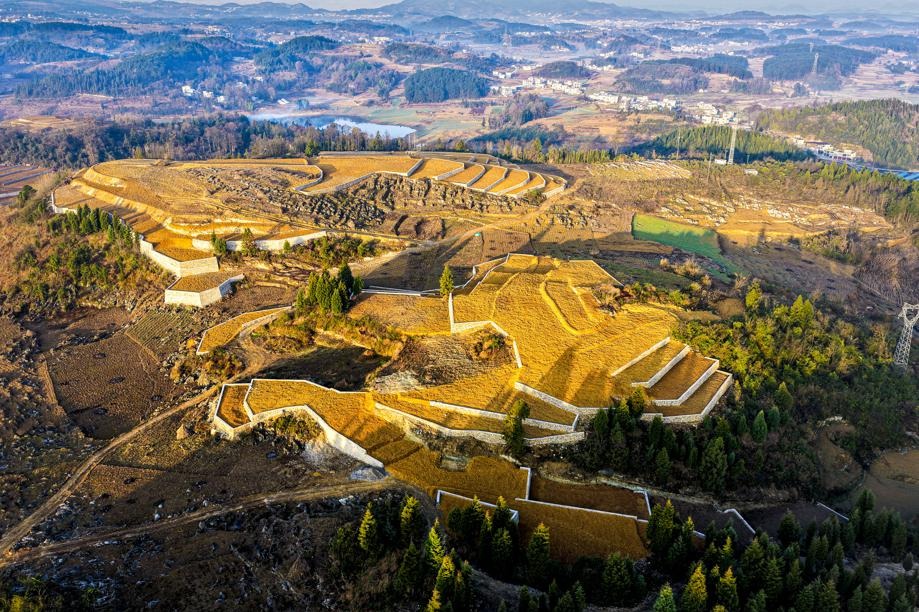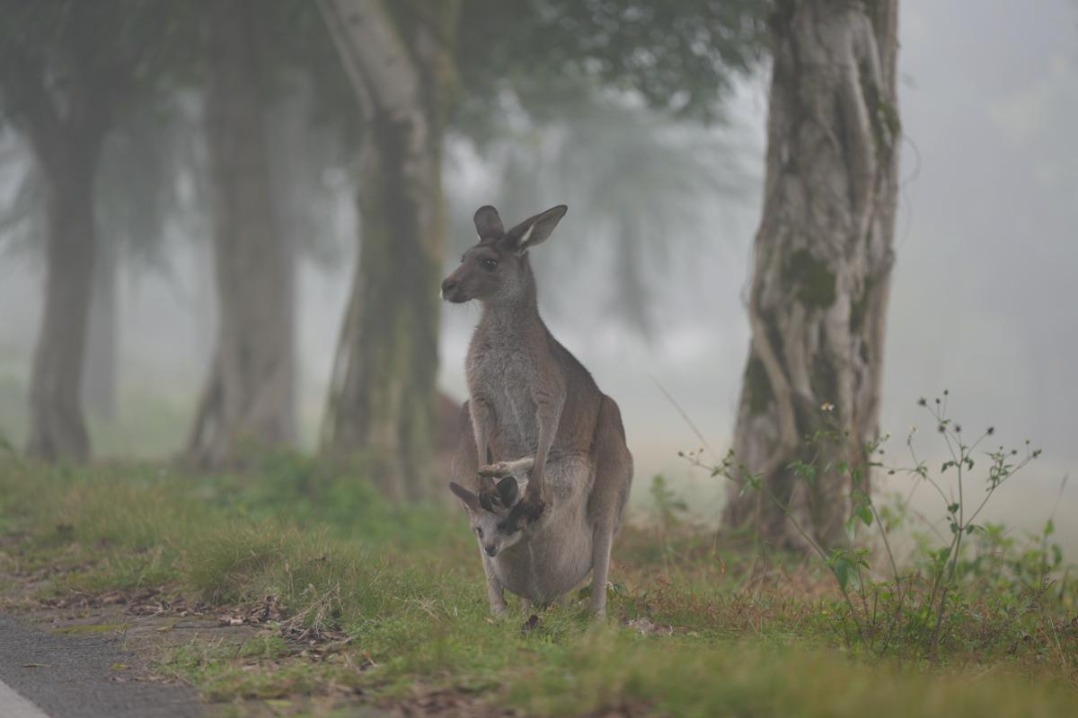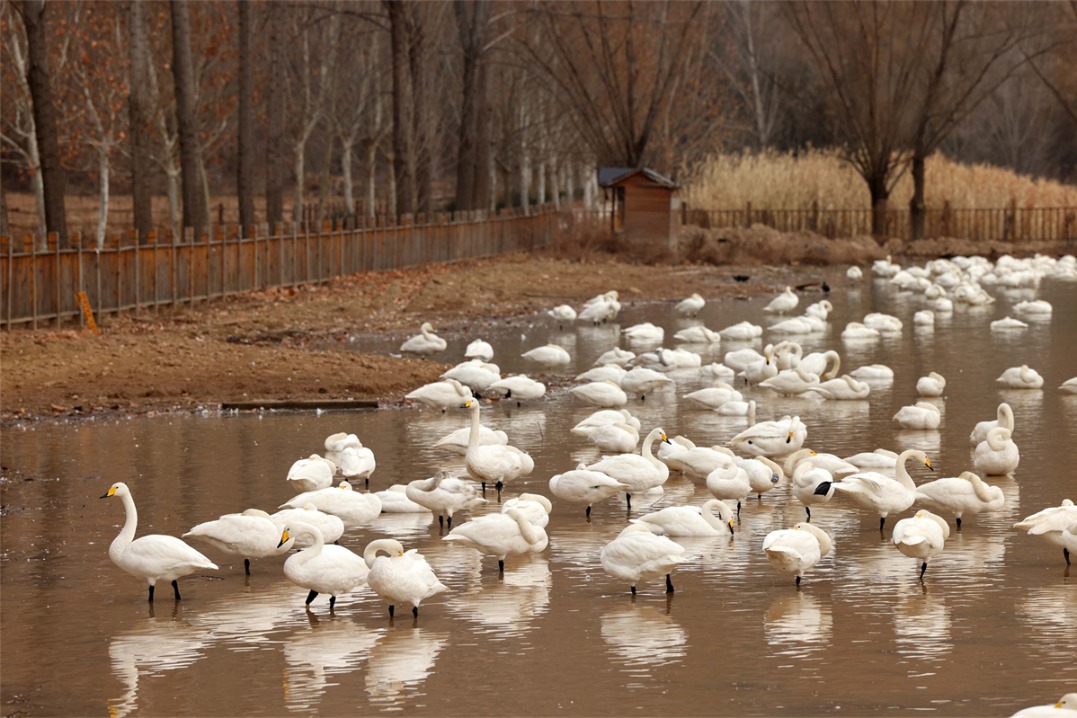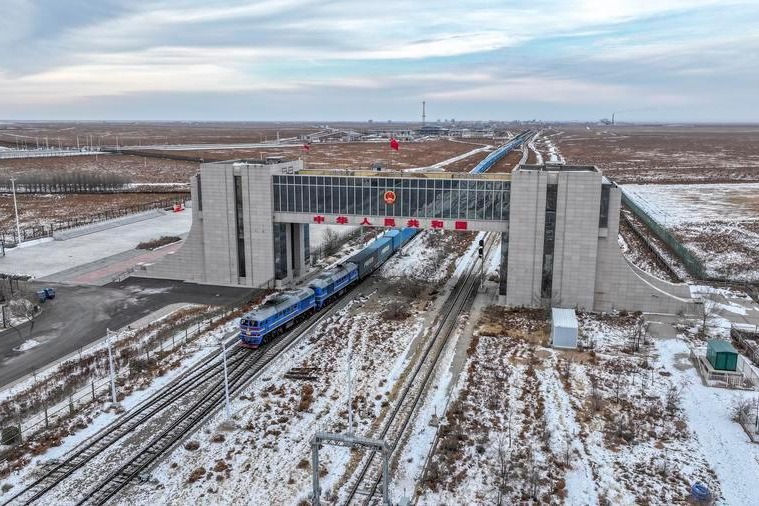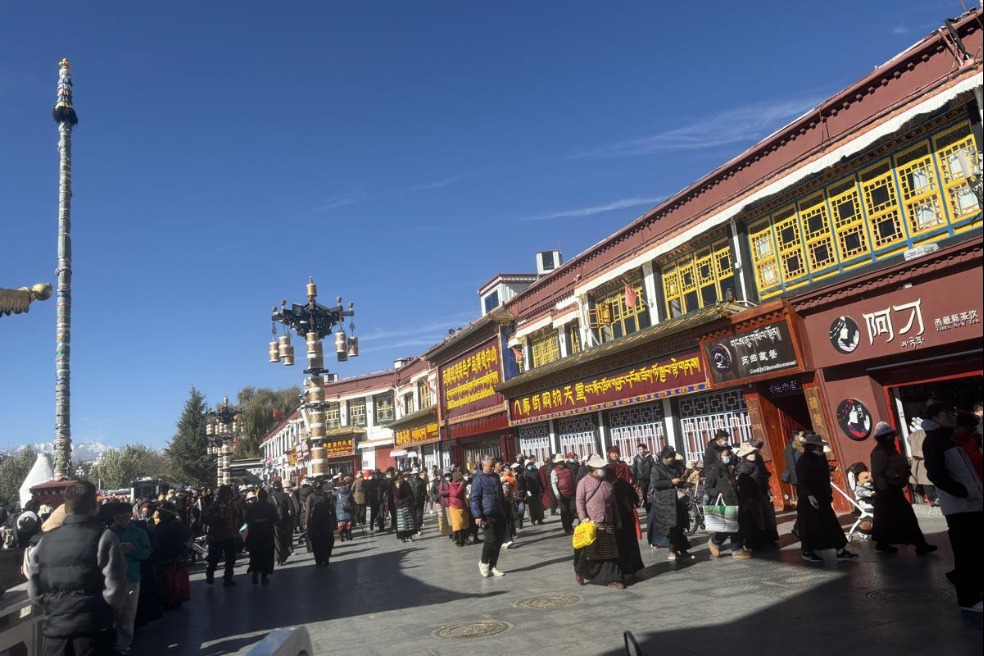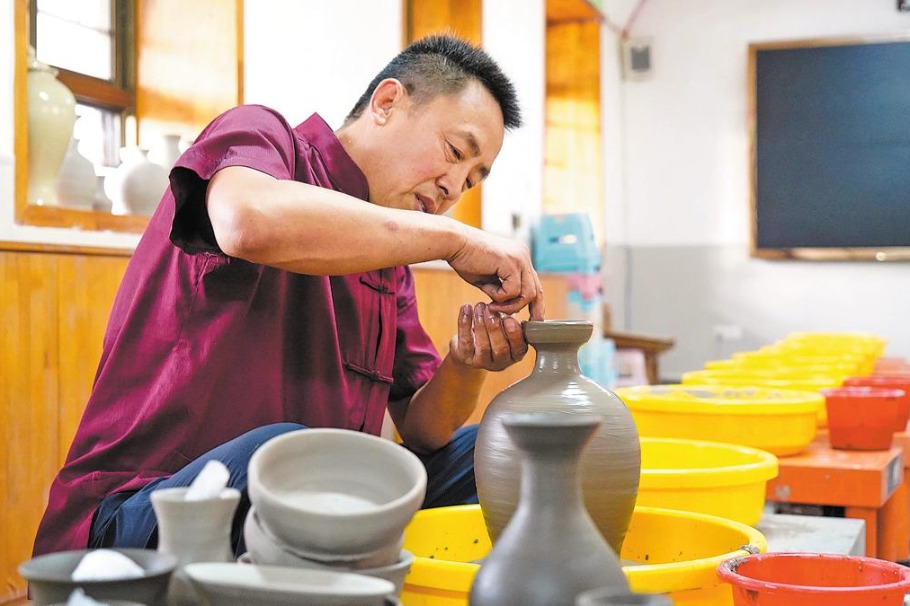Pollution? Blame uptick in production

Meteorological conditions conspire to keep smog from moving out of region
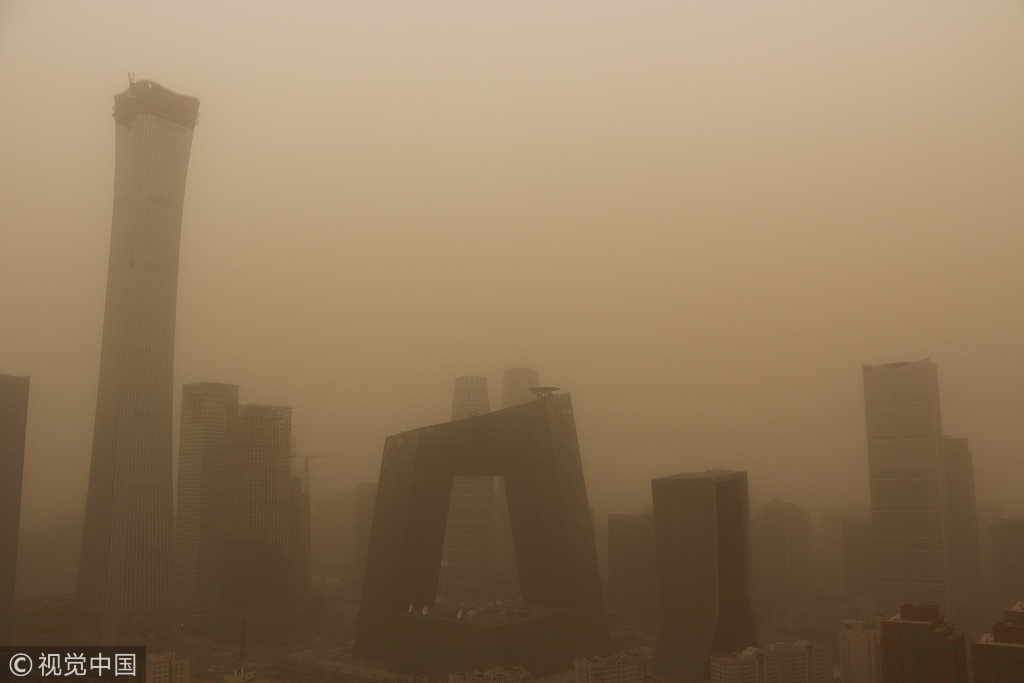
Unfavorable meteorological conditions and more pollutants spewed from factories whose production restrictions were lifted after the heating season are to blame for the recent extended haze in the Beijing-Tianjin-Hebei region, experts said.
Beijing issued a blue alert for air pollution on Sunday and Monday. It was the third air pollution alert for the city in about 20 days. An orange alert for air pollution was issued twice in March.
Under China's four-tier alert system, red is the most severe, followed by orange, yellow and blue.
Emissions of air pollutants in the region remain high, with the dominance of heavy industry and chemical manufacturing, according to the National Joint Research Center on Air Pollution Causes and Control.
"Though air pollutant emissions from heating have decreased a lot after the heating season ended in the Beijing-Tianjin-Hebei cluster, many of the companies whose production was restricted have resumed normal operations, resulting in an obvious increase in air pollutants from industrial sources," the center concluded, based on expert analysis.
Air pollution is especially severe during the heating season in the Beijing-Tianjin-Hebei region because of the use of coal. While the region has replaced a great deal of coal with clean energy, it also resorted to production restrictions during the season to curb emissions.
In Hebei province, for example, steel factories in some cities are restricted to half capacity during the season. Additionally, the operations of all companies listed as polluting the air are also restricted or suspended during times when atmospheric conditions contribute to the accumulation of heavy pollution.
The regular heating season in the Beijing-Tianjin-Hebei region runs from Nov 15 to March 15. This year, heating supplies were extended to March 20 for some cities because of cold weather.
The statement said part of the reason for the frequent bouts of air pollution is that meteorological conditions turned unfavorable for dispersal, which is common as the season shifts to spring.
One of the main reasons for the frequent smog after March is unfavorable meteorological conditions that feature a stable atmosphere and high humidity, said Ma Xuekuan, chief forecaster at the National Meteorological Center.
He said the number of days with meteorological conditions that feature low wind, high humidity and temperature inversions-which prevent normal convective churn of the atmosphere-increased from nine days last year to more than 20 days this year during the same period.
Even as temperature inversions have made the vertical dispersal of pollutants difficult, low wind speeds have prevented horizontal dispersal, he said. Meanwhile, the high humidity in the ground layer of the atmosphere is favorable for the concentration of PM2.5.
He said pollution that has blown in from nearby regions has also worsened the situation.
- China cracks down on organized crime involving minors
- Two Taiwan suspects wanted in mainland smuggling case
- Lhasa promotes initiative to foster a skilled workforce
- Beijing makes it easier for families to buy property
- Authorities spotlight 10 landmark court cases to emphasize marital, family harmony
- Beijing eases home purchase restrictions for non-locals
















